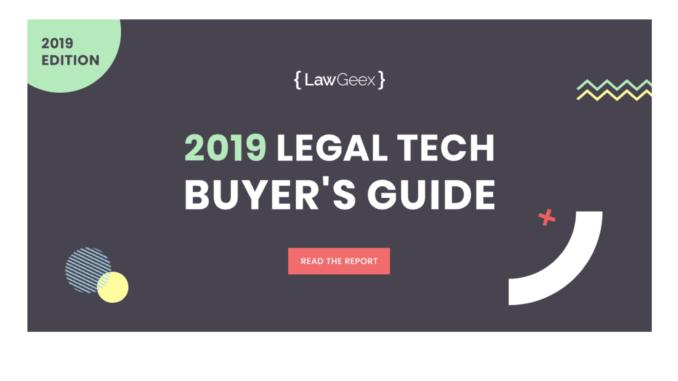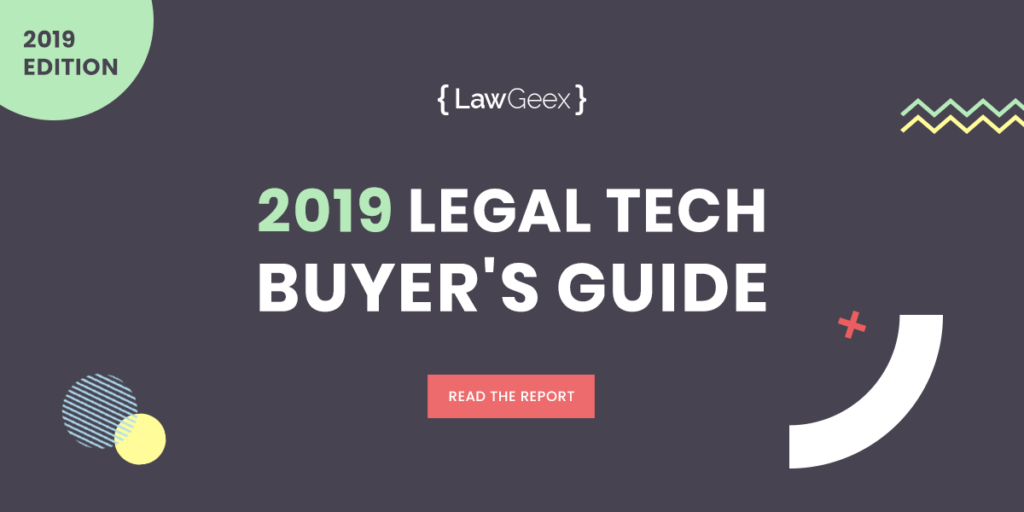
A comprehensive resource for firms looking to take advantage of the latest time and cost saving legal process automation tools, by LawGeex.
What task do you suppose lawyers dread most? If you guessed, ‘spending countless hours poring over every word, comma, and period of the fifth iteration of a contract’, you nailed it. Contract review might be one of the most important functions of the legal profession, but it’s also one of the most error-prone. And costly.
The need to devote valuable lawyer hours to routine contract and NDA review not only requires expensive headcount, it also keeps those additional heads from focusing on high-value strategic work.
Here’s the thing: just because human beings created contracts doesn’t mean we have to always review them. Artificial intelligence technology has transformed many industries and is now being applied to the legal world. That’s what contract review automation (CRA) is all about, and it’s a godsend to legal departments, especially for reviewing routine contracts such NDAs and MSAs.
Legal tech is transforming the legal profession, from contract and NDA review to due diligence, litigation, and eDiscovery, but how do you sort out all the choices?
That’s the question that led LawGeex, a leading contract review automation (CRA) platform vendor, to publish its Legal Tech Buyer’s Guide. The 2019 Legal Tech Buyer’s Guide has been fully updated from 2018 and showcases more than 80 key legal-tech solutions across 12 categories.
The Legal Tech Buyer’s Guide is the definitive source on legal tech, including wide-ranging practical advice, along with a six-step guide on how to buy legal tech, thoughts on how to use it for change management, a template for your firm’s legal-tech roadmap, and more.
Trends in legal tech (less cost, more efficiency)
AI is showing up all over the place these days, and so it’s only natural that it would make its mark on the legal profession, helping lawyers and companies reduce cost and improve work quality by performing routine low-level work such as contract review.
The buyer’s guide covers the major trends and factors in the growth of legal tech, including the maturing of the technology, the increased prevalence of ‘insourcing’, the mass acceptance of personal assistants such as Siri and Alexa, the increasing responsiveness of legal teams, the growth of ‘legal ops’, and the embracing of legal tech by law firms.
The buyer’s guide
Artificial Lawyer describes legal tech as being about ‘the better deployment of people inside organisations and within new business structures, as well as innovation around process improvement’. The buyer’s guide includes six steps for evaluating and justifying the purchase of legal tech, plus template language for gaining approval for solutions.
The guide highlights the top three-to-five players in each legal tech category, all recommended by in-house counsel at leading companies. Some categories include up-and-coming products to round out the listings.
The 2019 Legal Tech Buyer’s Guide is exhaustively researched and includes links to additional information and resources. You can find the guide at ltbg2019.lawgeex.com

[ Artificial Lawyer is proud to bring you this sponsored article by LawGeex. ]
